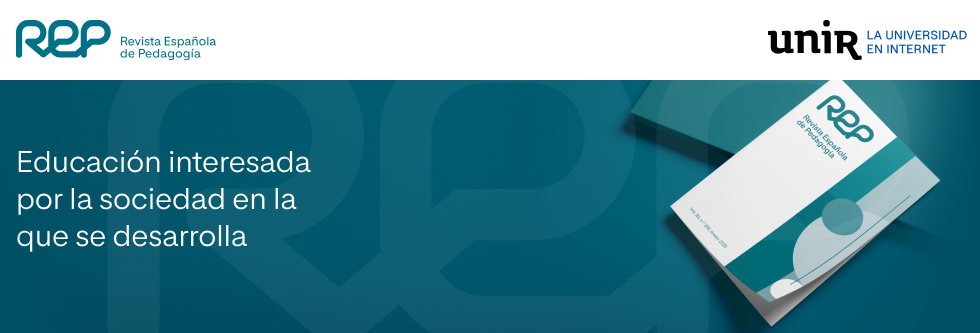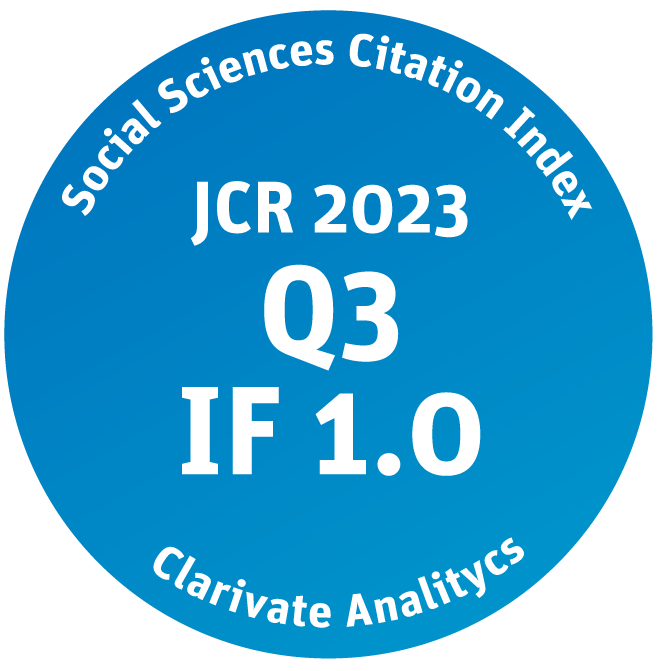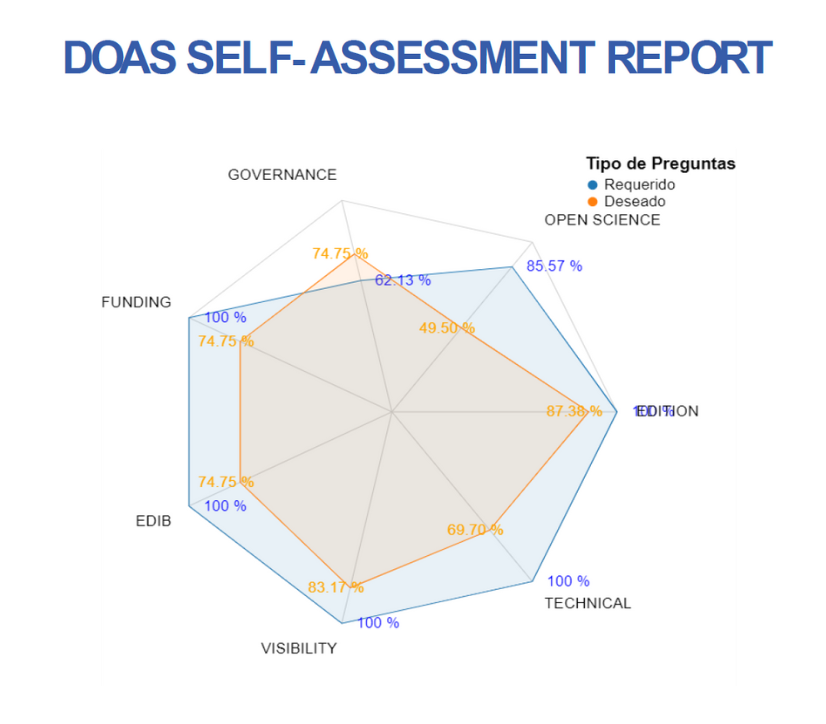Urpí, C. (Ed.) (2022). Creatividad y bienestar. Narcea. 209 pp.
Abstract
The central theme of this book edited by Carmen Urpí Guercia (doctor of Educational Sciences at the Universidad de Navarra, specialising in aesthetic and artistic education) is the promotion of creativity through using the arts. It contains a collection of theoretical studies and a variety of case studies to highlight the potential of the arts in diverse educational and ocial contexts.
The introduction is by the editor herself, and it positions the reader with regards to the work’s main aim. Thus, it brings together the principal contributions that locate the role of art as a source for personal enrichment, emphasising its function as something that is educational, therapeutic, and motivates learning. The book is structured in three sections. The first defines the psycho-pedagogical framework of creativity and well-being, while the second and the third present practical proposals in educational and social settings.
The first section, “El potencial educativo de las artes y la creatividad en la promoción del bienestar [The potential of the arts and creativity in the promotion of well-being]”, consists of three chapters that all have very similar structures, which helps readers to position themselves in the specific theoretical framework. Carmen Urpí and María Ángeles Sotés-Elizalde start this section with the objective of deciphering the map that currently guides the direction of culture and art from public bodies. The European Commission, through the 2030 Agenda plan, recognises the role of culture as an essential medium for contributing to the sustainable development goals (SDGs). Specifically, the authors emphasise resilience, sustainability, peace, citizen training, and cultural diversity as the lines of action that can be enriched by artistic-cultural proposals that use participatory methodologies, called co-creative.
The second chapter, by Concha Iriarte Redín, provides a synthesis of research works that relate emotional intelligence (EI) to art or creativity. Research from neuroscience, a meta-analysis that correlates both variables, and other independent studies with valuable results and discussions such as those of Ivcevic (2019; 2020) stand out. As well as the theoretical synthesis, some proposals are summarised that are a source of inspiration for readers and that reflect the important contribution of artistic activities such as drawing and painting to the growth of IE, as they “can be an important means of unblocking or boosting positive emotional states and well-being” (p. 34).
The first section ends with an investigation by Carmen A. Sánchez Salvador, Álvaro Balaguer, and Elkin O. Luis García that lists artistic programs that generate psychological well-being and promote social inclusion. The conceptual delimitation between exclusion and inclusion, as well as between the two perspectives of psychological well-being, the hedonic and the eudaimonic, enable the authors to go on to list interventions that have used artistic or creative practices for promoting health. Although there are three benefits for well-being and inclusion, the limitations of the design are also identified. These include the specificity of the participating population, whose situation hinders commitment and continuity.
The second part of the book starts with chapter four, by Ana Costa-París and María Peralta-Fernández, which presents practical proposals in educational contexts.
In this case, the authors describe the proyecto Carmen [Carmen project], an experience in the university field in which a version of Bizet’s opera of the same name adapted for school students was prepared and performed. This experience has served to consider the effectiveness of this artistic action on the well-being of the students based on the valuations that they provided at the end of each rehearsal by means of a diary. The authors make an invitation for further studies to measure the degree of growth of each category extracted from the analysis.
In chapter five, Apolinar Varela, Miriam Carretero-García, Lara Varela-Garrote, and Raúl Fraguela-Vale consider how physical artistic-expressive activities can contribute to students’ well-being at the primary level. The authors analyse Spain’s current education system and conclude that this type of activity is not prioritised in teacher training or in the classroom. In response, their main contribution is a description of a proposal for artistic-expressive activities in physical education using a non-directive focus that fosters exploration in a flexible setting. The proposal described in this chapter could be of great help for educational professionals, although the authors themselves recognise the importance of adaptation to the developmental stage and specific circumstances of the context and of the students to whom it is directed.
Beyond the school context, Laura García-Rodríguez and Olga Alicia Carbonell Blanco frame chapter seven in the family context; specifically, the mother–baby relationship. They explore everyday interactions in an urban context of high psycho-social vulnerability in the city of Bogotá, Colombia, to investigate the role of mothers’ singing in the raising of babies. Although the results are not generalisable, the authors’ qualitative study makes it possible to consider the potential of song as “a medium through which the mother can synchronise with her child” (p. 119), anticipating its stress, avoiding its discomfort, as a ludic activity, or establishing routines of care.
Returning to university students, the second part of the book concludes with the presentation by Ignacio Perlado González and Aitor Rodríguez Salaverría of the impact that university residential colleges, or colegios mayores, can have on the well-being of everyone who participates in what the authors call cultured cohabitation. The colegio mayor is presented as a setting where the environment of leisure and free time is impregnated by culture, the responsibility of which comprises helping members of the college to be able to explore the world free from pressure and to have time to enjoy cultural activities that relax the body and elevate the spirit. To justify the contribution to well-being, they analyse surveys that were aimed at college members who participated in cultural life and other non-resident university students that benefited from the organised activities. Among the results identified, it is worth noting the dissonance between well-being and rest when considering cultural activity as conducive to well-being, but not necessarily to rest.
The third section centres on studying opportunities from the social context for encouraging creativity. Chapters eight, nine, and ten are dedicated to the museum as one of the principal places where people gather. Teresa Barrio Fernández starts this part by setting out the potential of the museum in the promotion of personal and social well-being by means of a case study of the Museos + Sociales [More social museums] project. In view of the situations of crisis or contexts of emergency such as the Covid-19 pandemic, that have hindered the consolidation of the project, the adaptability of museums is suggested as a fundamental strategy to guarantee its permanence. The case of the Museo Arqueológico Nacional [National Archaeological Museum] is set out, illustrating how the path passes through “reconsidering or rethinking their digital strategy” (p. 145) and placing greater emphasis on attention to families.
Chapter nine, by Carmen Palacios Hernández and José Fernández Prado, presents two pedagogical projects (Arte y Memoria [Art and Memory] and 10x5) from the Würth La Rioja Museum aimed at groups of adults. Both experiences are centred on “introspection, personal evocation and the contemporary process of artistic creation” (p. 150) to favour participants’ well-being and improve their attitude towards life. Although the programmes were not originally designed with research aims, the valuations by users have motivated continued work in this field.
¿Por qué no nos mira esa mujer? [Why doesn’t that woman look at us?], carried out at the Universidad de Navarra Museum (MUN), is the project that Fernando Echarri Iribarren and Teresa Barrio Fernández describe in chapter ten. The initiative of opening the museum to the public has the aim of guaranteeing its accessibility to everyone, under the concept of an inclusive museum. Using the creative-collaborative-inclusive methodology that they themselves created, they describe a project that has the aim of fostering the value of equality from the work After Gerhard Richter, by Vik Muniz.
The third part of the book concludes with a change of context and tackles the social enterprise in the cultural sector and its contribution to personal growth and social development. Carmen María Basanta Vázquez, Víctor Lana Arceiz, Marianna Scott McMillan, and Laura Venzal Ballester, from the legal field, set out the need in the context of Spain to develop a legislative framework similar to model of benefit corporations from the context of the USA to shape civil society. The Barabaiki social enterprise project, which is currently a foundation under the legal framework, is described as a model of how business can have a transformational character in society and provide “spaces for reflection on social causes and solutions for contextual problems that favour the well-being of their communities” (p. 201).
The contribution of artistic-expressive activities to personal and social wellbeing in very varied contexts means that the readership for which this book is intended is equally broad. From the field of research, the discussions and future possibilities of their own works that the authors provide could be very valuable lines for further work in this field. Teaching professionals in the school or university area or the non-formal context can also be inspired to design their own projects. Finally, business people who want to go beyond the profit-making sense of the sector and bet on positioning the person at the heart of their activity can use Barabaiki as a clear reference point.
Alicia Encío ■
Citación recomendada | Recommended citation
Encío, A.
(2024)
.
Urpí, C. (Ed.) (2022). Creatividad y bienestar ativity and well-being]. Narcea. 209 pp..
Revista Española de Pedagogía, 82(288).
https://www.revistadepedagogia.org/rep/vol82/iss288/4
Licencia Creative Commons | Creative Commons License
Esta obra está bajo una licencia internacional Creative Commons Atribución-NoComercial 4.0.
This work is licensed under a Creative Commons Attribution-NonCommercial 4.0 International License








